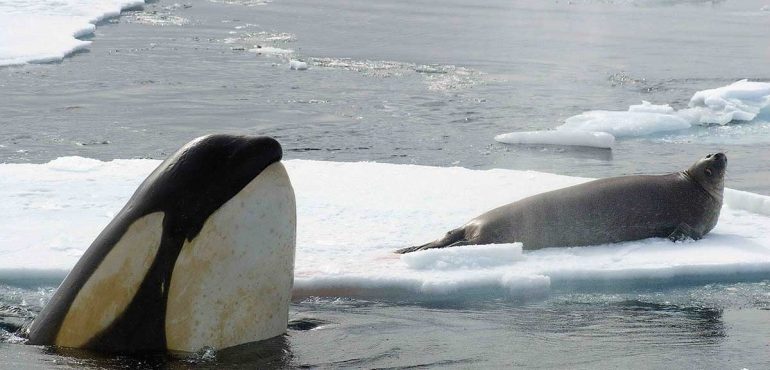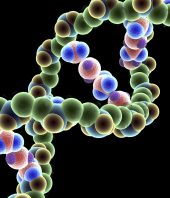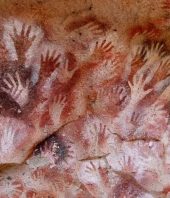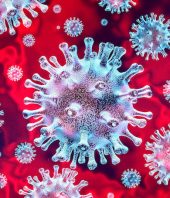You could call it a culture shock. Many researchers accept that cultural experiences have helped shape human evolution – and evidence has now emerged that the same may be true of killer whales.
Human genomes have evolved in response to our cultural behaviours: a classic example is the way that some human populations gained genes for lactose tolerancefollowing the onset of dairy farming.
But whether genomes and culture co-evolve in other animal species has been unclear.
Andrew Foote at the University of Bern, Switzerland, and his colleagues suspected that killer whales might follow a similar pattern to humans.
Cosmopolitan whales
Killer whales, like people, are widely dispersed from the tropics to the poles. But many populations seem to remain in a single area where they have carved out a specialised niche, hunting a particular target through a sophisticated hunting strategy.
Some eat fish by herding them into bait balls, for instance, whereas others target mammals such as seals by deliberately stranding themselves on beaches where the seals live.
Individuals live in stable groups for several decades, so juveniles have plenty of opportunity to learn these specialisms from the adults – biologists use the term “culture” to describe the learning of such striking behaviours.
But are these cultural groups of killer whales genetically distinct from one another? To find out, Foote and his colleagues looked at the genomes of 50 killer whales from five niches – two in the Pacific Ocean and three in the Antarctic Ocean.
The genomes fell into five distinct groups that exactly mirrored the five cultural niches. Some genes that may have specific functions in diet, for example, seemed to have diverged between the different cultural groups.
In other words, even though killer whales shared a common ancestor as recently as 200,000 years ago, individual cultural groups have become genetically distinct – so killer whale genomes and culture have co-evolved.
Founding fathers
The evidence even helps to explain how killer whales have gained their genetic diversity.
The genomes indicate that all five groups began when a small founding population – numbering perhaps a few tens or hundreds of individuals – invaded each new niche and then expanded. Whenever a species passes through this sort of population bottleneck, it can rapidly gain a unique genetic identity.
“We suspect that the [invasion] event and subsequent bottleneck occur first and then the behavioural flexibility allows the founder group to adapt to local conditions,” says Foote.
When juveniles learn social behaviours from adults, it helps solidify the group identity and gradually reinforce its distinct genetic signature.
Essentially, a few individuals can colonise new habitats and ecological niches thanks to their behavioural flexibility. Group culture then transmits the know-how of surviving on new resources and sets the group on a separate evolutionary track.
“This is an extremely important piece of research,” says Hal Whitehead at Dalhousie University in Halifax, Canada. “The results are fascinating. We now see how in killer whales, as in humans, culture is not only an important factor in the lives of the whales, but also [helps drive] genetic evolution.”
“One of the main conclusions is that variation within killer whales, humans and likely many other species arises from multiple interacting processes rather than being attributed to just culture, ecology or genetics,” says Foote.
But Whitehead is not sure that the co-evolution of genomes and culture will turn out to be a common feature throughout the animal kingdom.
After all, killer whales and humans share a number of unusual features, including their intelligence, longevity and social natures – which work together to create an ideal environment for social learning that can strengthen group identity and reinforce genetic distinction. “In both,” says Whitehead, “culture is in the driving seat.”
Source: New Scientist, Full Article






